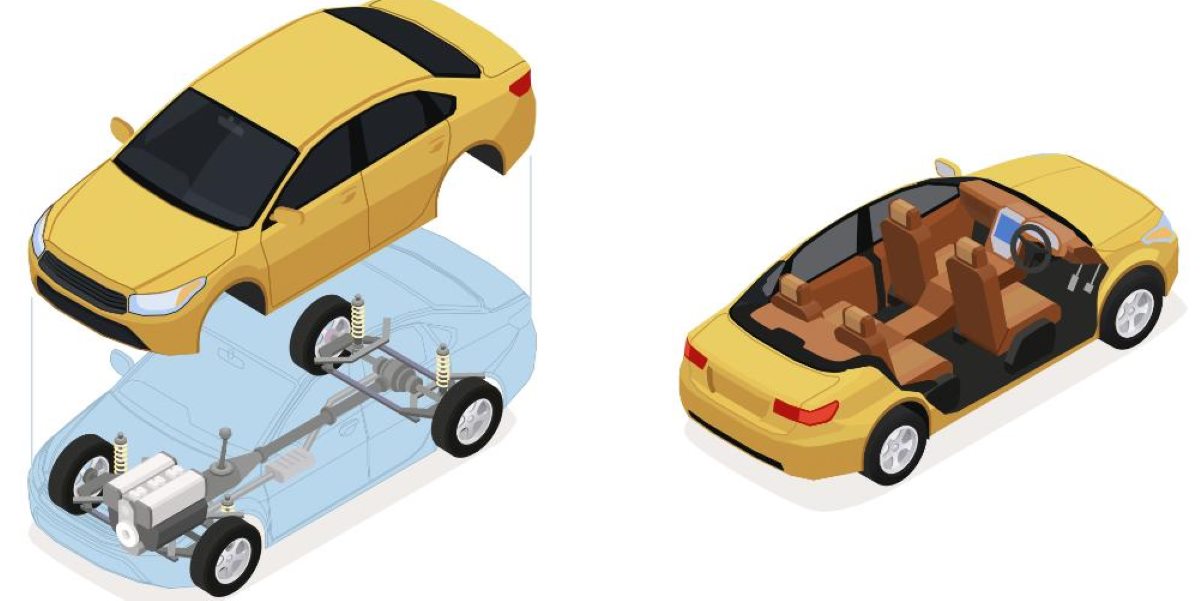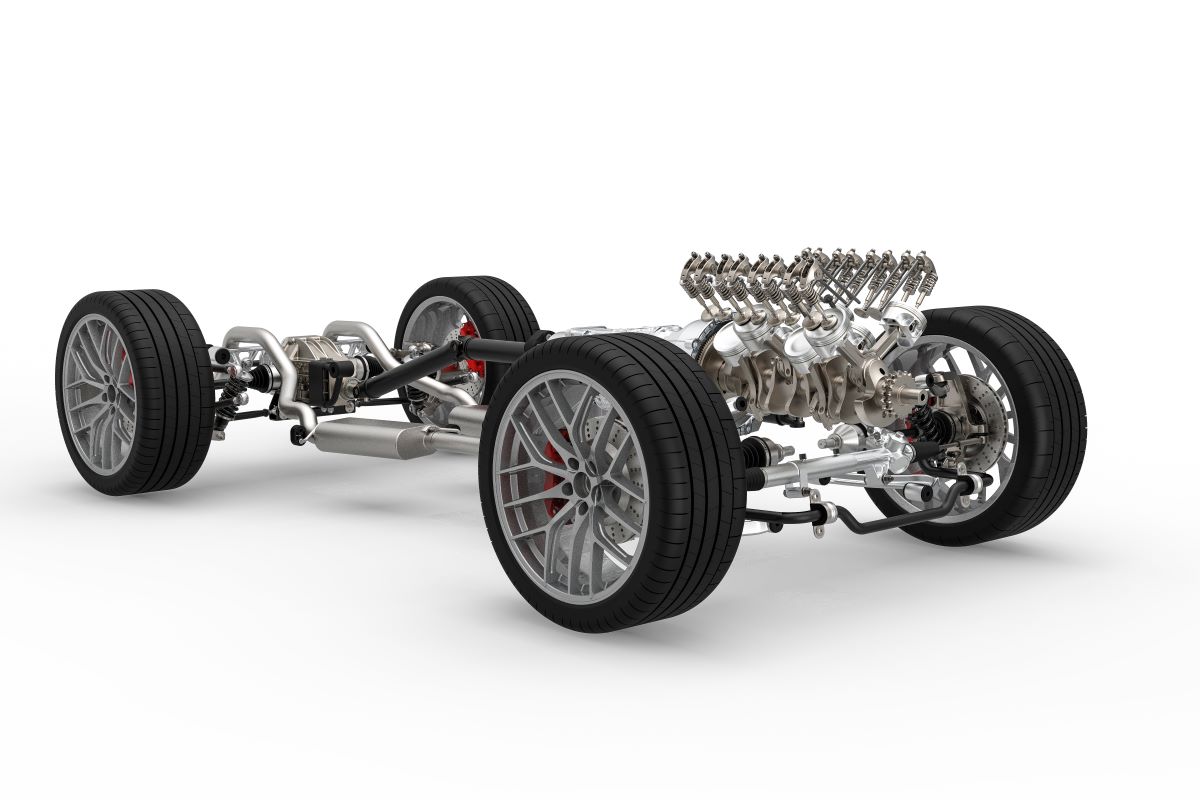9000+ Cashless
Network Garages
96% Claim
Settlement (FY23-24)
24*7 Claims
Support
Click here for new car
I agree to the Terms & Conditions

General
General Products
Simple & Transparent! Policies that match all your insurance needs.


37K+ Reviews
7K+ Reviews
Scan to download
Life
Life Products
Digit Life is here! To help you save & secure your loved ones' future in the most simplified way.


37K+ Reviews
7K+ Reviews
Scan to download
Claims
Claims
We'll be there! Whenever and however you'll need us.


37K+ Reviews
7K+ Reviews
Scan to download
Resources
Resources
All the more reasons to feel the Digit simplicity in your life!
 Tools & Calculators
Tools & Calculators


37K+ Reviews
7K+ Reviews
Scan to download
37K+ Reviews
7K+ Reviews
Our WhatsApp number cannot be used for calls. This is a chat only number.


9000+ Cashless
Network Garages
96% Claim
Settlement (FY23-24)
24*7 Claims
Support
Click here for new car
I agree to the Terms & Conditions

Add Mobile Number
Sorry!

9000+ Cashless
Network Garages
96% Claim
Settlement (FY23-24)
24*7 Claims
Support
Terms and conditions

The car chassis is the foundational framework upon which every automobile is built. It serves as the structural backbone, providing support, shaping the car, and managing weight distribution and stresses.
Understanding the different types of car chassis is crucial for appreciating modern automobiles' diverse designs and functionalities.
The chassis of a car is the structural framework that supports various components, such as the engine, transmission, suspension, and body panels. It is typically made of steel or aluminium, engineered to withstand the forces encountered during car operation.
A car chassis is inherently strong and designed to provide stability and safety to the car occupants. It forms the foundation upon which the entire car structure rests, distributing loads and impacts throughout the frame.
The car chassis performs several essential functions, such as

There are four primary types of car chassis, each with its design and advantages:
The monocoque chassis, known as unibody construction, integrates the body and chassis into a single unit. This design enhances rigidity and reduces weight, improving fuel efficiency and handling.
Monocoque chassis are commonly found in modern passenger cars, and they are perfect for small cars, offering better crash protection and overall structural integrity.
Advantages of Monocoque Chassis:
The backbone chassis features a strong central spine that runs along the length of the car, providing support and structural rigidity. This design allows for flexibility in body design and suspension tuning while maintaining strength and stability.
Backbone chassis are commonly utilised in compact cars and sports cars, offering a balance of performance and affordability.
Advantages of Backbone Chassis:
The ladder chassis consists of two parallel longitudinal rails connected by cross members, resembling a ladder. This traditional design offers exceptional strength and durability, making it suitable for heavy-duty applications such as trucks and SUVs.
Ladder chassis provide ample space for mounting various components and are well-suited for off-road driving conditions.
Advantages of Ladder Chassis:
The tubular chassis utilises welded tubular steel or aluminium tubes to form the framework of the car. This lightweight yet strong construction is favoured in high-performance and racing cars where weight reduction and structural rigidity are paramount.
Tubular chassis offers precise handling, excellent weight distribution, and customisation options for optimal performance.
Advantages of Tubular Chassis:
The chassis of a car serves as the foundation upon which its entire structure is built, playing a critical role in its performance, safety, and driving dynamics. Whether it's the lightweight efficiency of a monocoque chassis or the rugged durability of a ladder chassis, each type offers unique benefits that contribute to the overall driving experience.
Yes, the chassis of the car can be repaired.
Yes, the chassis of the car can be repaired.
If there is damage to the car chassis, it can result in significant stability problems, posing a serious risk.
If there is damage to the car chassis, it can result in significant stability problems, posing a serious risk.
A car's chassis may experience failure as a result of vibrations induced by road shocks and engine vibrations. With continuous use, the chassis gradually undergoes deformation owing to the operational conditions of the car and engine.
A car's chassis may experience failure as a result of vibrations induced by road shocks and engine vibrations. With continuous use, the chassis gradually undergoes deformation owing to the operational conditions of the car and engine.
Please try one more time!
Other Important Articles About Different Car Parts
Other Important Articles about Car Insurance
Have queries related to Digit motor insurance policy? You can refer to our Policy Wordings for detailed information or reach out to our support team via WhatsApp self-support, email or phone using the information below:
Connect with our self-serve chat bot support - 7026061234
Write to us at hello@godigit.com
Contact
Call us on 1800-258-5956
Other Motor Insurance Plans and Guides
Currently there are no news to show.
Read More
Renew & Download Policy Document, Check Challan, Credit Score, PUC & more
Anytime, Anywhere. Only on Digit App!

4.8
Rated App60K+ Reviews
4.8
Rated App
60K+ Reviews
4.3
Rated App12K+ Reviews
4.3
Rated App
12K+ Reviews
Scan to Download


Author: Team Digit
Last updated: 02-07-2025
CIN: L66010PN2016PLC167410, IRDAI Reg. No. 158.
Go Digit General Insurance Limited | Corporate Office Address: Atlantis, 95, 4th B Cross Road, Koramangala Industrial Layout, 5th Block, Bengaluru 560095 | Registered Office Address: 1 to 6 floors, Ananta One (AR One), Pride Hotel Lane, Narveer Tanaji Wadi, Shivaji Nagar, Pune-411005, Maharashtra | Trade logo of Go Digit General Insurance Ltd. displayed above belongs to Go Digit lnfoworks Services Private Limited and is provided and used by Go Digit General Insurance Ltd. under license.
Explore exclusive features, file claims & access policy on Digit App!
You can also scan this QR code to download the App.